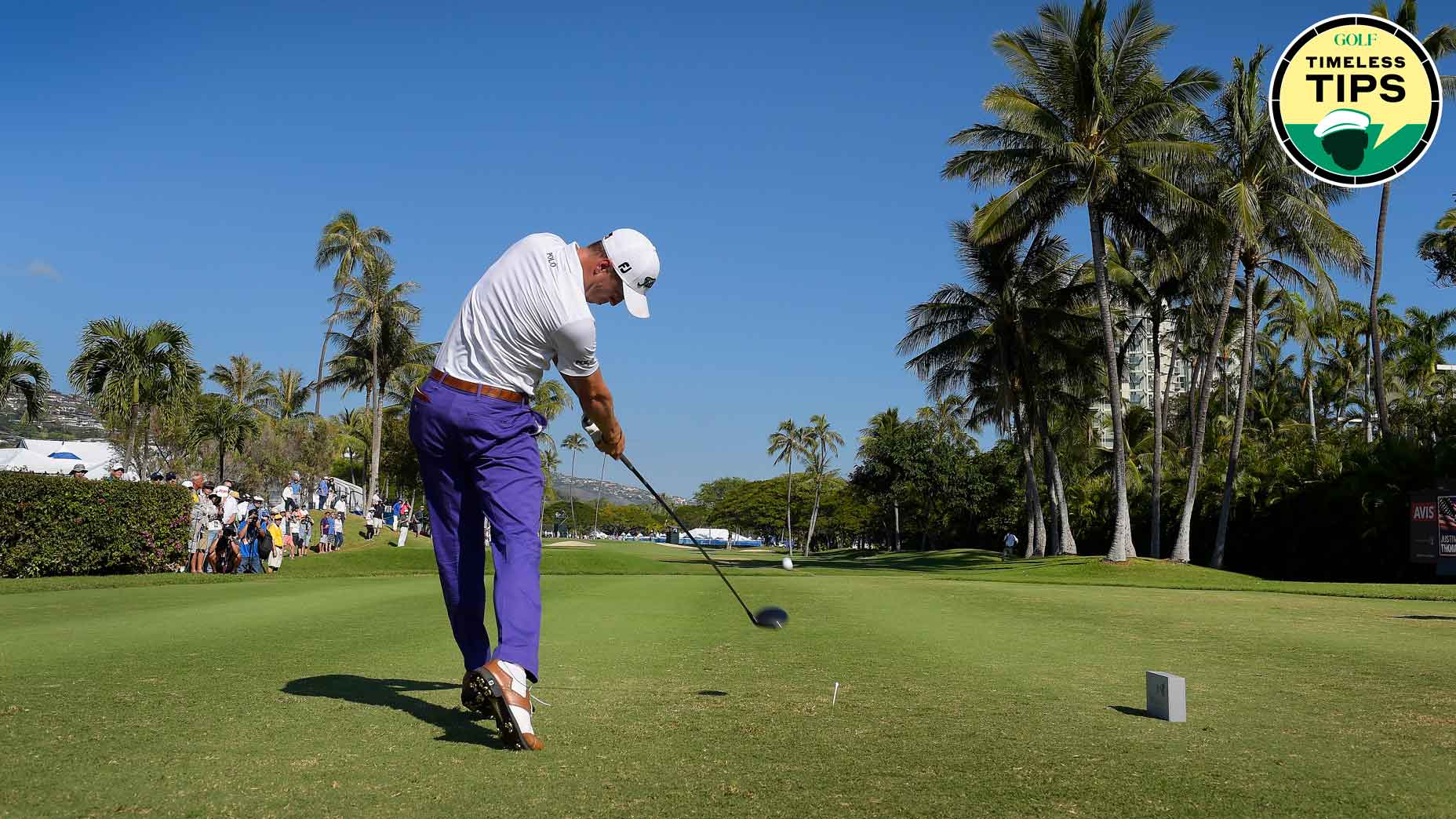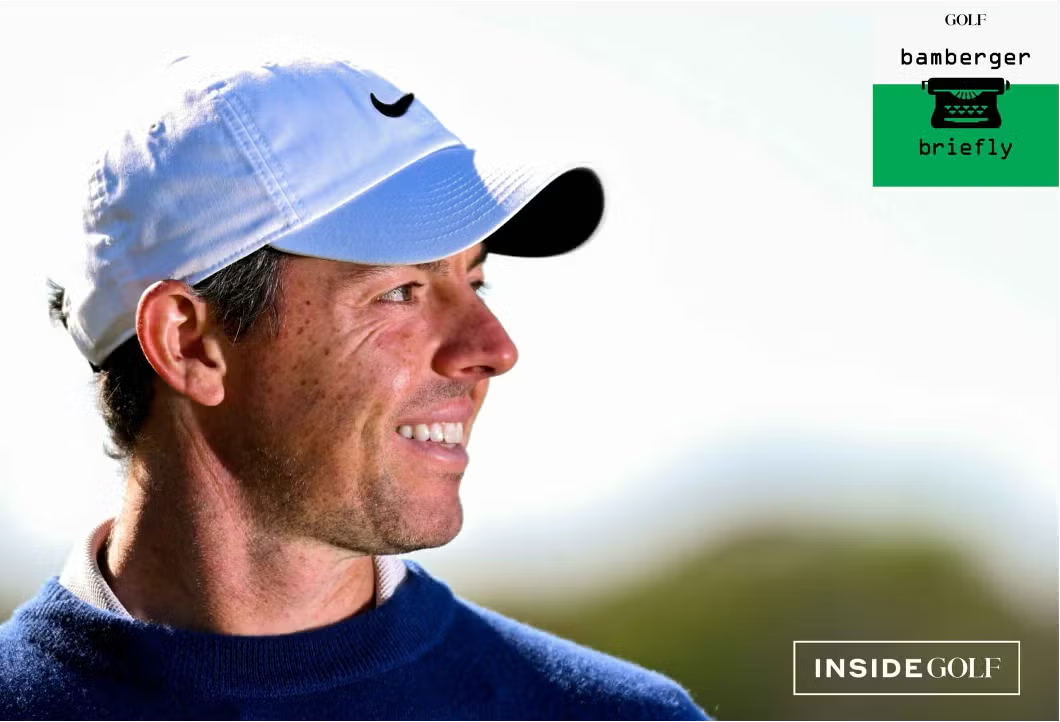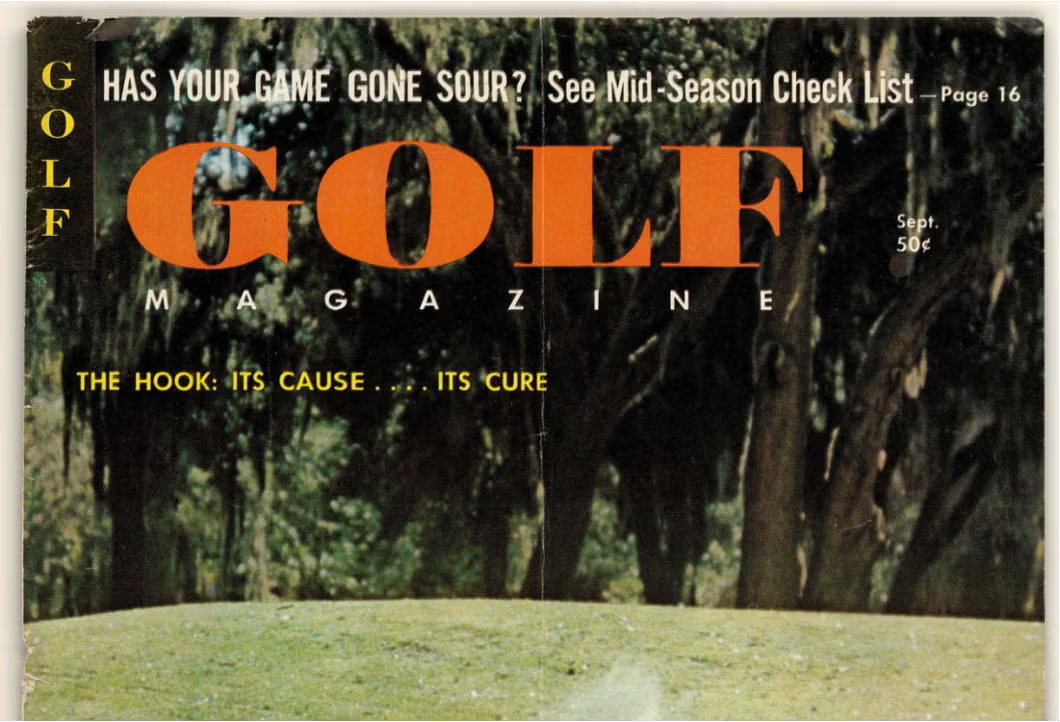Golf instruction is ever-evolving, but the best advice stands the test of time. In GOLF.com’s new series, Timeless Tips, we’re highlighting some of the greatest advice teachers and players have dispensed in the pages of GOLF Magazine. Today, we look back at our July 2017 issue in which Justin Thomas revealed his five swing keys for powerful driving.
Justin Thomas is not among the largest players in golf — he’s just 5’10” and 160 pounds — but that doesn’t stop him from bombing his driver with the best of them. Despite his smaller stature, Thomas routinely hits the ball longer than 300 yards off the tee. Pretty impressive stuff for a guy of his size.
If you’ve ever watched Thomas hit a golf ball, you’ll notice that he goes at it with everything he’s got. And when he makes contact, the ball explodes off the clubface.
Back in 2017, Thomas sat down with GOLF Magazine to share some of his power secrets with our readers. Apply them to your own games, and you might be able to squeeze a few extra yards out of your driver as well. Check it out below.
JT’s 5 power keys
Pound for pound, my swing is the most powerful on Tour. I’m driving it 307 yards per poke this season [2017], and I weigh all of 145 pounds. If it looks like I’m swinging out of my spikes, well, I am! I love to whale it. But it’s the fundamentals — many of which my dad, Mike, passed down to me — that make me a big hitter. I focus on flexibility, width, rotation, balance and swing plane. Nail these driving basics, and you can swing out of your spikes with full confidence — and watch the yards pile up.
1. Flex your body
My goal in my backswing is to create maximum torque between my upper and lower body. How? I turn my shoulders as far back as I can while resisting (that is, not rotating) with my hips. Torque is potential energy — the more you create, the faster you’ll swing.
Of course, creating torque requires flexibility. So even at age 24, I stretch for at least 15 minutes every day. I suggest you focus on hip exercises. Hip flexibility lets you keep your lower body stable as you “torque” to the top. I keep my stretches simple: Standing scissor kicks (about 20 for each leg) do the trick, especially if I’m late for the tee. A little flexibility goes a long way.
2. Don’t fake your turn
I think of my backswing as a windup, with both shoulders turning at the same time until my back faces the target. This full shoulder turn creates swing width. A wide backswing gives the clubhead more time to gain speed coming back down. It’s a double-bonus: You get more mph’s without any extra work.
3 huge swing mistakes costing you power off the tee, according to dataBy: Zephyr Melton
If you’re like a lot of recreational players, you make what I call a “fake” turn. I see it all the time: You don’t really rotate your shoulders—you tilt them. This makes it impossible to point your back at the target, robbing you of width and yards. The fix? Make a mock backswing without a club. When you can’t go back any farther, grab the outside of your left shoulder with your right hand and pull it back a few inches more. Get your back facing the target and hold that pose. You should feel a stretch across your shoulders and lower back. If you can re-create this feel on real swings, you’ll buy 10 extra yards off the tee.
3. Swing high and wide
When I was growing up, I patterned my swing after Tiger’s. I loved his high hands at the top. Having high hands safeguards the width—and stored power—that you’ve created to that point. (Collapse your arms at the top and you can kiss your power goodbye.) Can’t get your hands as high as mine? No biggie. As long as you keep them as far away from your head as possible, you’re on your way to maximum speed.
To get wide hands at the top, I suggest you keep your left arm straight and your wrists flat during your takeaway. Now, my dad recommends focusing on the right arm — and he has a point. His take is that as long as you maintain at least a 90-degree angle between your right forearm and biceps at the top (think an “L’” shape), you’re plenty wide. To his point, a lot of Tour players bend their left arm and still crush it. Experiment with both approaches, and know that my father and I agree on this—collapsing your right arm will cause a power outage.
4. Turn left, turn up
Being “loaded and wide” at the top is a great feeling—you can swing fearlessly and at full speed. It’s how I’ve twice hit drives over 400 yards this year. The downswing is the easy part. Simply transfer the energy stored in your backswing to the ball by rapidly unwinding your lower body. Don’t sweat the mechanics here. Limit yourself to one swing thought: Pull your left hip up and behind you. That will jump-start your move down from the top and fire the clubhead through the ball.
Turning your left hip behind helps you fully rotate through the shot, while simultaneously pulling your left hip up creates greater dynamic loft at impact. I’m not just one of the longest guys out there—I’m among the loftiest. My 13-degree launch-angle average is 13th highest on Tour. When you’re hitting driver, height is your friend. If you can’t match my 117 mph swing speed, you can increase your launch angle and grab more yards.
5. Use your feet
Speed is great, but my dad and I always had a deal: I could swing for the fences as long as I caught the ball in the center of the face and ended my swing in balance. This is important, because for every quarter inch away from the sweet spot that you make contact, you lose 10 mph of ball speed. I can’t risk that. Neither can you.
Try this. As you swing down from the top, feel as though your feet are staying directly beneath you, whether you keep them flat on the ground or push off on your toes, like I do. A solid support base gives you balance, at any speed. It also keeps you from swaying toward the target or the ball, or “hanging back” on your right side. Nix these errors, and you’ll hammer drives longer and straighter.
Latest In Instruction

Zephyr Melton
Golf.com Editor
Zephyr Melton is an assistant editor for GOLF.com where he spends his days blogging, producing and editing. Prior to joining the team at GOLF, he attended the University of Texas followed by stops with the Texas Golf Association, Team USA, the Green Bay Packers and the PGA Tour. He assists on all things instruction and covers amateur and women’s golf. He can be reached at [email protected].





















